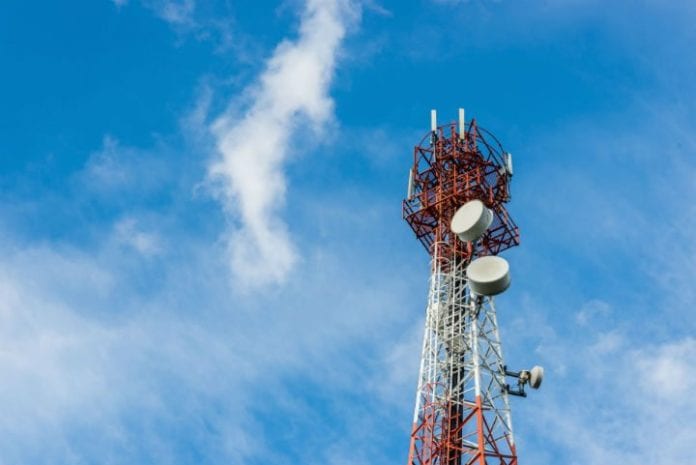PCIA Wireless Infrastructure Show preview
As the wireless infrastructure industry converges in Florida for The Wireless Infrastructure Show, vendors are consolidating, tower companies are growing and carriers are reevaluating.
Consolidation changes the landscape
At least three trends are driving consolidation among vendors in this space: supply chain efficiencies, self-performance and scalable solutions. Carriers want to work with suppliers and providers that can execute infrastructure deployments from beginning to end while keeping costs under tight control.
Within the last year, Nokia has purchased SAC Wireless to increase its self-performance capabilities, and has gone on to propose a $16.5 billion merger with rival Alcatel-Lucent. CommScope has announced plans to buy TE Connectivity’s wireless business, and Corning has purchased iBwave, creator of the software used to design and track most in-building wireless networks.
MasTec purchased WesTower last October, and this year Velocitel bought FDH and integrated the FDH name as well as most of the company’s 250 employees. The combined company is now called FDH Velocitel. Just a few weeks after the merger, FDH Velocitel announced the acquisition of Stainless LLC.
Meanwhile tower assets are also becoming more concentrated. Verizon Wireless has announced plans to sell the rights to its portfolio to American Tower for $5 billion, following AT&T’s 2013 sale of its tower rights to Crown Castle for $4.8 billion. InSite Wireless recently said it will buy almost 300 towers from CTI Towers. Meanwhile, smaller players like Vertical Bridge and Tarpon Towers have been raising funds and buying towers, taking advantage of low interest rates and the exploding demand for mobile data.
As carriers scramble to meet that demand, they need scalable infrastructure, skilled workers and, of course, spectrum. Spectrum costs are skyrocketing and that can mean carriers will see more relative value in infrastructure solutions that maximize spectral efficiency. But it can also mean that the carriers who bought spectrum this year have less to spend on infrastructure.
Shifts in spending
AT&T and Verizon are each forecasting roughly $18 billion in capital expenditures this year. For AT&T, that amount represents a 14% decrease from last year’s $21 billion. The carrier also acknowledged recently that 2015 capital spending will not be front-loaded, and may in fact favor the second half of the year. Some providers of wireless infrastructure that count on the carrier as a major customer have definitely had to make adjustments.
When it comes to changes in carrier spending, infrastructure providers that own hard assets may be in a better position than those that rely primarily on services. Crown Castle, for example, has said its 2015 site rental revenue will be very similar to 2014 levels, even if AT&T does “under-invest in its network” for a period of time.
Safety
The tower industry heads into PCIA with an improving safety record. Only two tower deaths have been reported so far this year. That compares to 10 deaths in 2014 and 14 in 2013, according to Wireless Estimator.
The Occupational Health and Safety Administration is increasingly focused on tower climber safety. The agency recently requested public comment on best practices for tower climbers.
Technology that can increase climber safety also has the potential to decrease the number of tower accidents. Smart harnesses and clasps with sensors can alert climbers and their supervisors to unsafe conditions, and may prevent climbers from taking risks.
Small cells … finally?
Small cells have been a big topic of conversation for years now, but so far they’ve generated more rhetoric than revenue. This year there are several reasons the tide may finally be turning.
Verizon Wireless has committed to spend $500 million on small cells and has said that it will target areas in which it did not purchase additional spectrum in the recent AWS-3 auction.
Sprint is also expected to spend more on small cells and DAS this year, and the carrier is known to have one trial underway with Crown Castle.
But carriers cannot possibly install equipment at every venue that wants better connectivity, and vendors are learning that they may not need to wait for the carriers. Enterprises are stepping up to pay for their own infrastructure, working with vendors who can provide not only equipment but also the relationship with the carriers who must ultimately deliver connectivity.
Panel discussions around small cells at The Wireless Infrastructure Show will include Making the Small Cell Business Model Work; Smart Buildings, Smart Business; Mobile Network Densification; and Building the Hetnet.
RCR Wireless News has just published an in-depth report on Investing in Hetnets. This complimentary feature report and accompanying webinar featuring AT&T and Real Wireless are available on demand at www.rcrwireless.com.
Follow me on Twitter.

